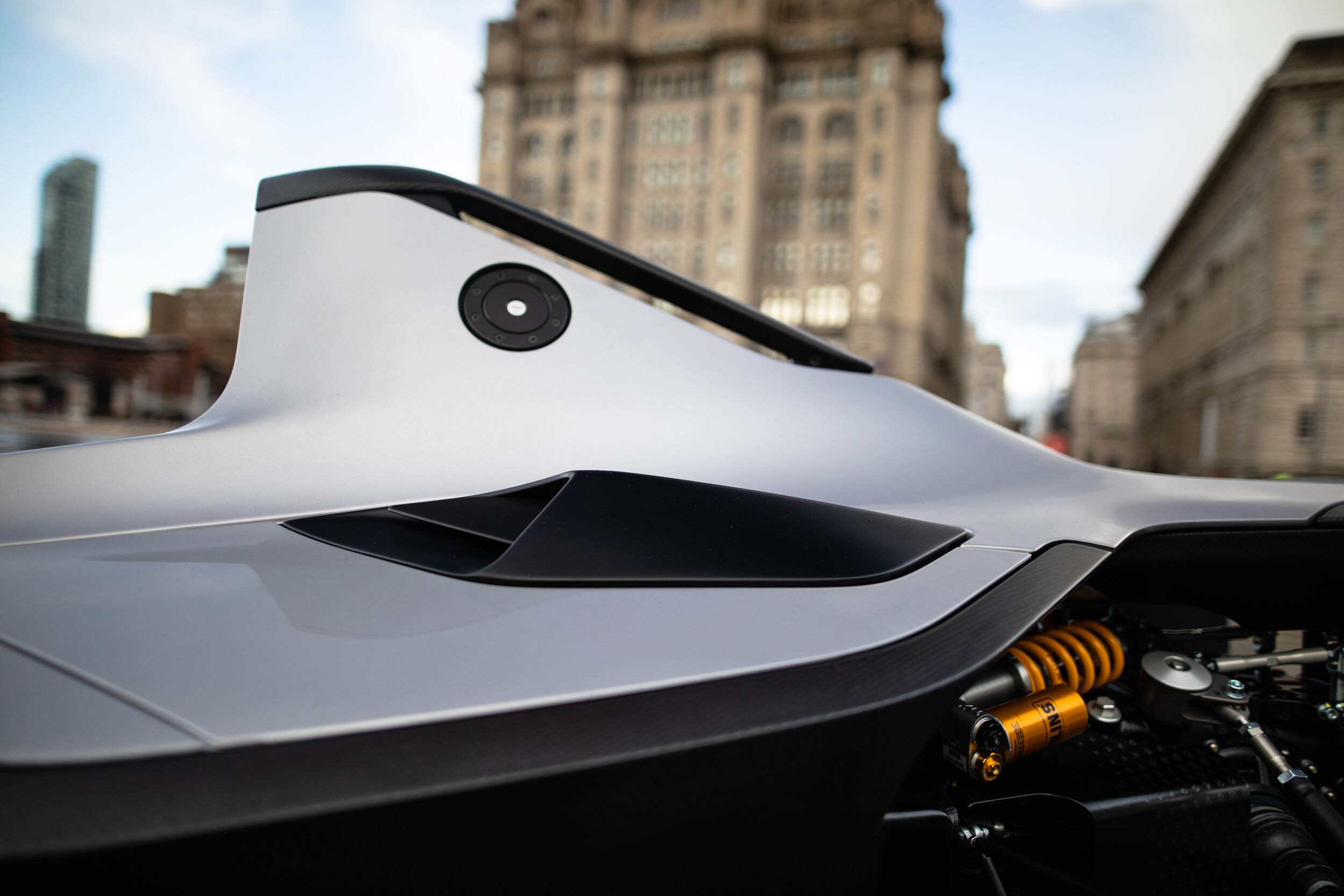BAC is forever innovating and pushing automotive boundaries with a perpetual focus on light weighting technology. As such, the new Mono features a number of technological feats that keep its weight as low as possible and subsequently enhance performance.
In collaboration with software partner Autodesk, BAC has produced revolutionary generative-design wheels for the new Mono that look stunning and reduce weight in an exceptional fashion. Generative design is a form of artificial intelligence that leverages cloud-computing to create better outcomes, allowing manufacturers to explore thousands of designs in less time than using traditional processes.
With BAC’s manufacturing constraints and functional requirements added to Fusion 360 software, the team was able to explore ways to make the wheels lighter by using less materials but still bring a strong aesthetic similarity to the way the car is designed. The results produced a remarkable wheel that’s 35% lighter than before – saving 1.22kg of reciprocating, unsprung mass – weighing just 2.2kg per centre and 4.7kg per wheel.


BAC has also incorporated its revolutionary R&D projects within the new Mono, using graphene-enhanced carbon fibre throughout the car. A world-first in every panel on the Mono R, graphene enhances the structural properties of carbon fibre to make panels stronger and lighter with improved mechanical and thermal performance.
BAC teamed up with DSM to once again use additive manufacturing on the new Mono. Printing parts using high-performance polymers has reduced design-to-manufacture timeframes of complex geometrical components and saved further weight.
The use of additive manufacturing on the new Mono is more extensive than ever for BAC with over 40 components being 3D printed, including the front and rear light surrounds, mirror arms and mirror housing, front hatch hinges, the front hatch latch mechanism, engine inlet components and more.
Lighter AP Racing brake calipers and a new carbon floor are successfully carried over from the Mono R, while optional carbon-ceramic brakes (which save 2.55kg of unsprung mass per corner) further contribute to weight saving.
Turbocharging and meeting European regulations saw the new Mono welcome a number of additions under the skin that result in a heavier power unit, but the inclusion of ground-breaking innovation has kept the car’s weight down to just 570kg – 10kg less than the first-generation model.

